Carrying On: What Fortifies Artists with Vision Loss
May 23, 2025
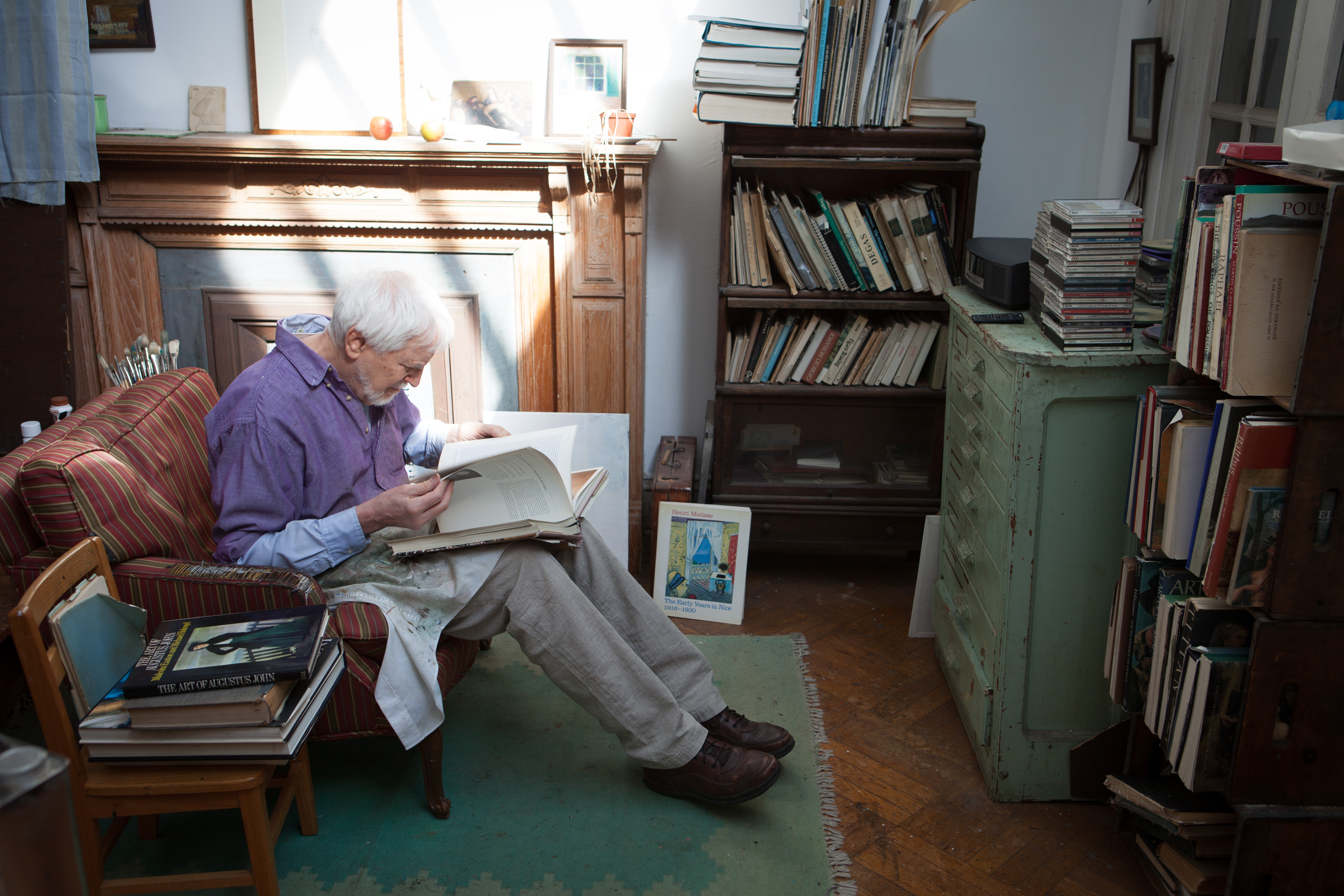
Recently, a group of Harvard medical students asked us what gives artists with vision loss the hope, strength and perseverance to keep carrying on. They were featuring the research we’ve done at The Vision & Art Project in a course they were taking on the intersection of religion, spirituality, and medicine. They were struck by the resiliency of many of the artists we write about, all of whom have macular degeneration, an as-yet uncurable eye disease. As part of their project, they also wanted to know whether spirituality and religion play a role in artists’ healing and artistic processes and what can be learned from vision loss. While they asked these questions because the answers would help them to think through the spiritual dimensions of patient care, it seemed to us that the answers would also be of more general interest to anyone grappling with notions of resiliency—which at one time or another is most of us. In some fundamental way, after all, the experience of artists with macular degeneration mirrors the kinds of frailties and vulnerabilities many of us will at some point encounter, not necessarily because we lose our vision, but because we are statistically likely to lose some faculty or capacity that is central to who we are.
The self-perpetuating energy of carrying on with artmaking
Paradoxically, perhaps, given that vision loss makes it more difficult to make art, one of the things that gives artists with macular degeneration particular vigor is that carrying on with their artmaking, however differently than before, generates its own self-perpetuating energy. Hedda Sterne (1910–2011) serves as a prime example of what I mean. It would be hard to overemphasize the all-encompassing role of art in the life of this prominent figure in twentieth-century American art. For nearly 100 years, she channeled everything she saw, contemplated, and experienced into drawing and painting. She wanted to be an artist from the time she was a child in Bucharest, Romania, and her parents recognized this and were able to provide her with private drawing lessons. As she grew older, she trained at ateliers run by Marcel Janco and Andre Lhote in Bucharest and Paris. In the early years of her career, she was included in important surrealist shows in Paris before rising to prominence as a post-war artist in New York City, to which she had fled during the Second World War. She settled on the Upper East Side and for decades devoted herself fulltime to making and exhibiting her art. She was one of those rare artists who experience few practical impediments or constraints to having a successful career. Trained by top-notch professionals at an early age, financially secure, she exhibited her work regularly at important museums and galleries from the time she was young to the time she was old. Vision loss was the first significant artistic obstacle she faced. By the time that happened, she was 83 years old.
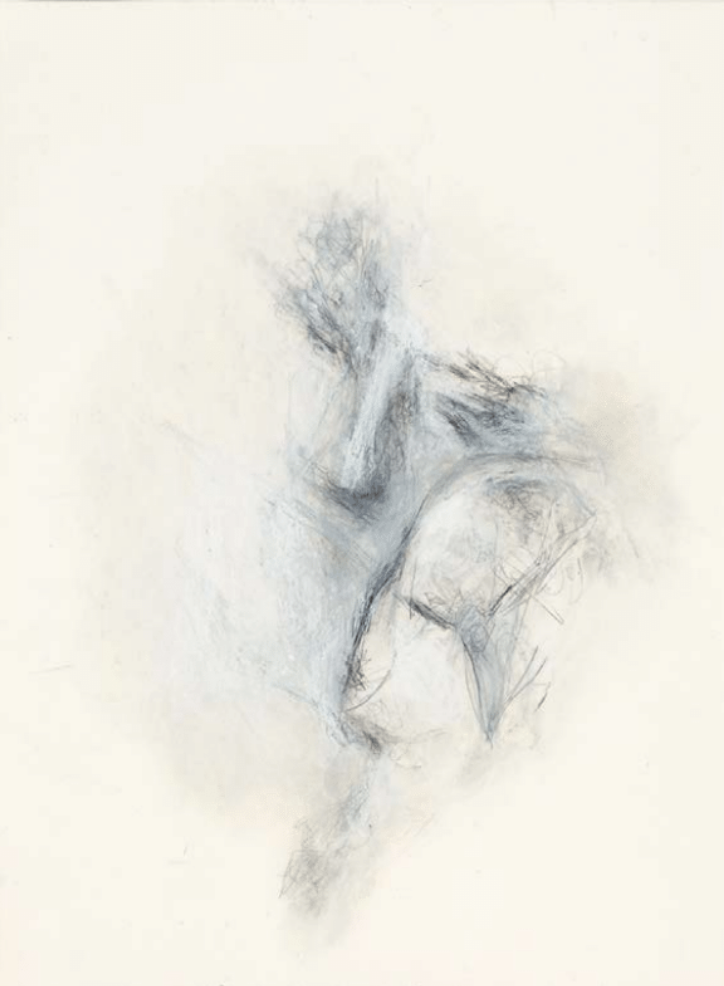
Over the course of two years, she went from needing to use a magnifying glass to read to becoming legally blind, at which point (in 1997) she ceased painting and began to draw exclusively. She used a mix of materials, including pencil, pen, and Wite-Out to make drawings she could barely see. Some were based on optical phenomena, such as the window pane next to the desk where she worked or the tree outside; some were organic forms whose lines she seemed to follow based on an intuition and knowledge of the shape of growth; and some were the memory of faces that came to her from her past, which she called “Ghosts.” When Lawrence Rinder, then a curator at the Whitney Museum of American Art, visited Sterne in 2001, he was struck both by her frailty and drive to create. He says she was not able to move easily around her house. She meditated nearly every day and was preparing for death. She made her art using a very powerful magnifying glass. She saw him only as a general form. Yet, it seemed clear to him that “she had capacity to continue ‘seeing’ even with low-sightedness.” “That is,” he said, “she ‘saw’ things beyond the field of vision, observing fundamental structures and dynamics of being.”
I never met Sterne. But I did have the good fortune of helping to review and archive several decades of correspondence she shared with her goddaughter, Claire Nivola. In her letters to Claire, Sterne’s enthusiasm for this late work is palpable—and the source of her strength clearly articulated as the continued act of making art, the act of creating. She writes frequently to Nivola of how, because she was able to draw, none of the “discomforts, malfunctions, even sorrow” of her predicament mattered to her; how she had found “freedom” in old age to do nothing but explore her vision; and how the limits she was facing made her prioritize her art even more than in the past.
“Choose an impossible task, and devote yourself to it”
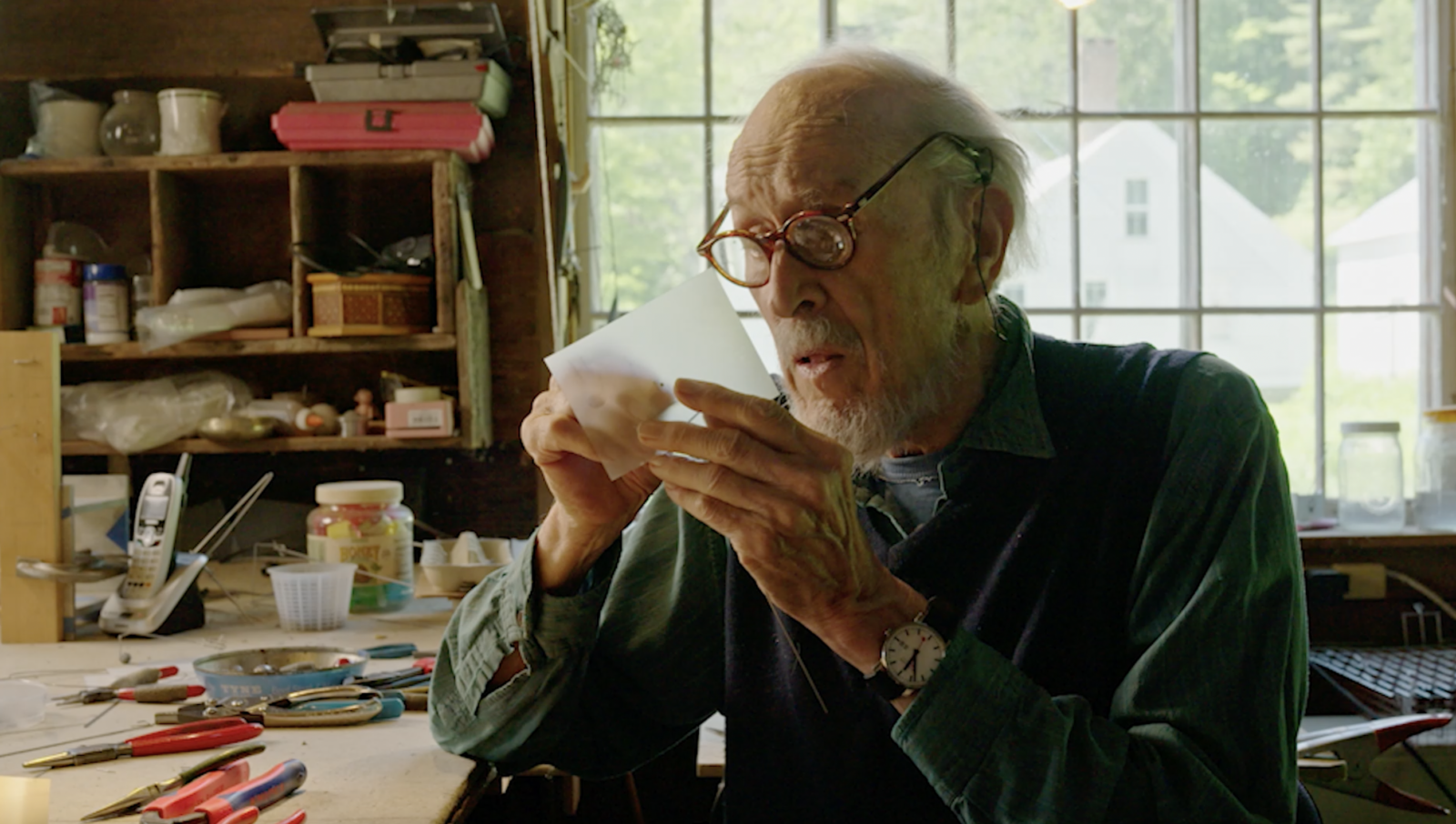
The gist of Sterne’s words is echoed by many of the artists we work with. In one way or another, they talk about their vision loss being subsumed by their urge to keep working. For some, in fact, a sense of their limitations and a resiliency of purpose has always been a part of the practice of making art, and so vision loss is a challenge that doesn’t so much change how and what they do as underscore a fundamental dynamic at the heart of their pursuit. The kinetic sculptor Tim Prentice says he’s always been guided by a quote from the eminent artist Henry Moore: “The purpose of life is to choose an impossible task and devote yourself to it.” Even without vision loss, choosing to become an artist (or to master any other complex craft, for that matter) is to aspire toward a goal that is inherently unachievable, since there is always more to be accomplished, discovered, understood, perfected. This quality of art and craft—that what one hopes to achieve forever eludes one’s grasp—means that many artists live with a sense of failure and frustration. But by extension, they also live with a high tolerance for “failure” and a desire to try again, a desire that is so strong they go into their studios every day and find a way of working, no matter what.
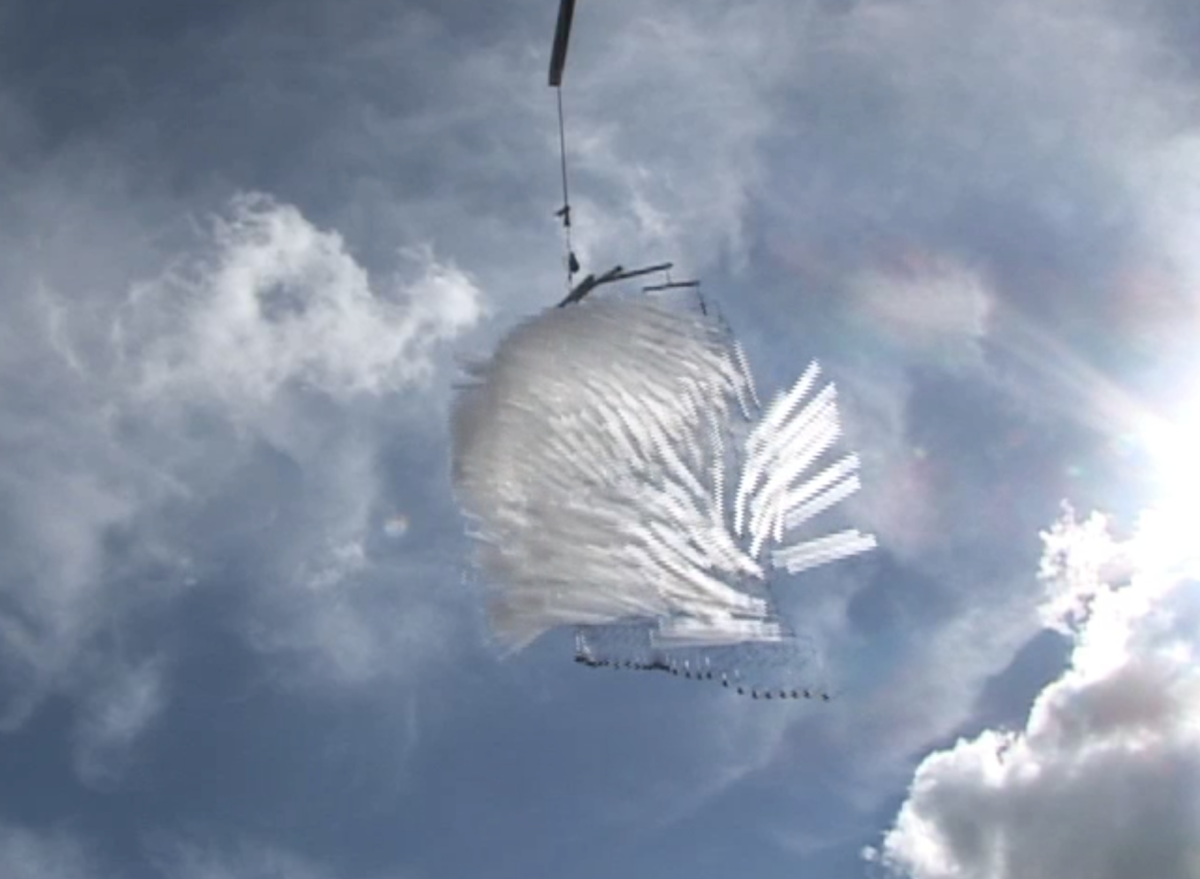
Prentice (b. 1930), who is ninety-four years old, told us in a recent interview that he is still seeking to create a work that he has envisioned nearly his entire life but has yet to actualize: it’s that as yet unactualized piece that takes him out to the studio, where he assembles sculptures now partly by touch. The painter Robert Birmelin (b. 1933) also says that he goes to his studio because he has not yet made “the” work that he feels in his innermost being and mind’s eye is possible, that work in which he will finally express the totality of a vision that is within him and that he’s sought to articulate over more than seven decades of making art. As he put it in an interview we did with him: “I still have things I want to do. I really think that I really could, finally, do something good. There’s always that thing you’re chasing after.”
Another source of strength and hope for artists after they experience vision loss is the sense of purpose and connection that being in their studio gives them. Like Sterne, Prentice, and Birmelin, the painter Lennart Anderson (1928–2015), whose vision was profoundly compromised by macular degeneration, continued to work in his studio every day because his life’s work was incomplete, there was more he wanted to do. But Lennart also went into his studio because it was filled with light, north light that streamed in from the skylights he had installed there when he bought his brownstone in the 1970s. The north light illuminated the many things he loved: pictures of his loved ones, postcards tacked up on the wall, the Café Bustelo can filled with paint brushes, his palette with its patina of linseed oil and pigment. Working in his studio also put him in touch with his books and friends, many of whom would come to visit him there and some of whose portraits he painted, even as his vision worsened. In other words, being in his studio put him in touch with the things he cared about and had built his life upon. As he said, light made things “beautiful out there.” To continue to experience that light and do homage to it meant the world to him.
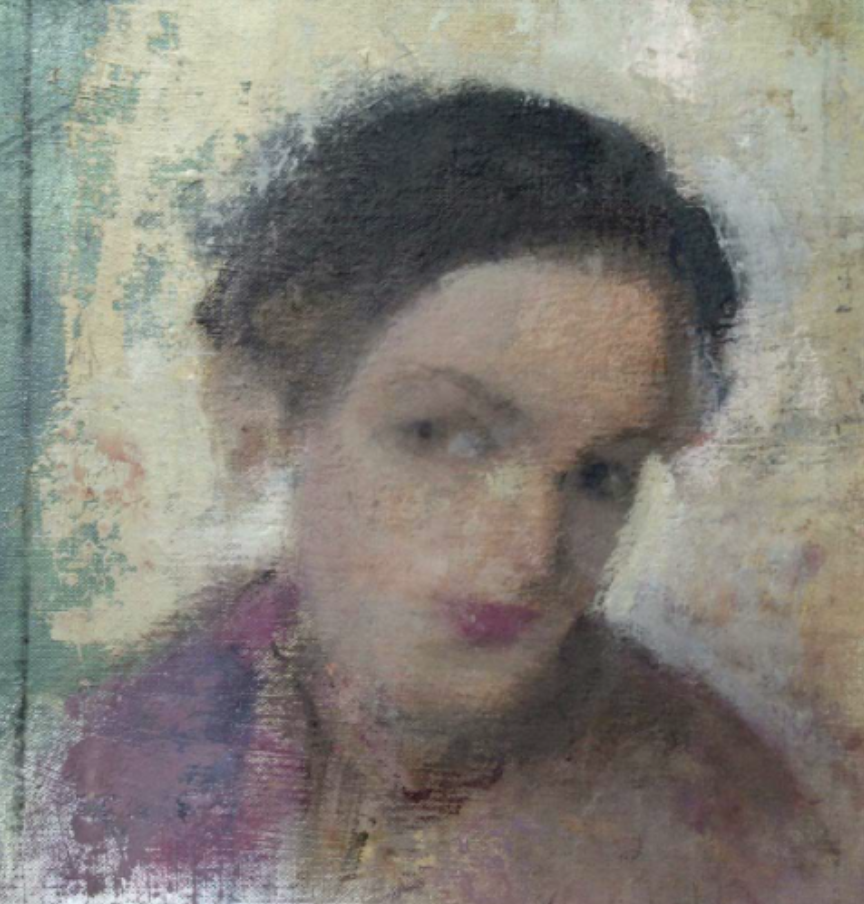
The role of spirituality and religion
The role spirituality and religion play in artists’ healing and artistic processes is powerful and complex. Many of the artists we have come to know through the Vision & Art Project do not practice a formal religion but consider themselves spiritual; for most of them, spirituality is enmeshed with the making of art. Birmelin attended church as a child and was raised on the religious imagery of Western art, such as Rembrandt’s etching of Christ Preaching (a copy of which he keeps in his bedroom) that he says remains embedded in his consciousness. Although it has been a long time since he was a member of a church, he not infrequently listens to the Catholic radio station, as he finds the questions and subjects discussed there deeply compelling. His aesthetic and ethical ethos is deeply rooted in Biblical stories and images, though he feels his artwork is a conduit for and expression of something less tangibly religious, that being “the unity of creation,” as he says, a concept he sees as inherent to most, if not all, of the world’s religions.
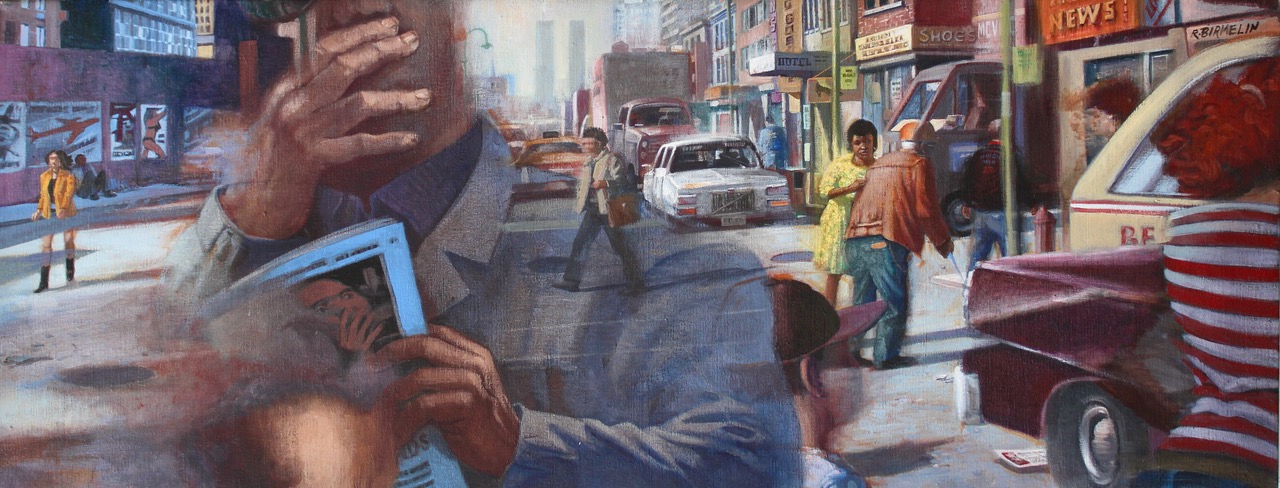
The passages from Sterne’s letters are indicative of another way in which spirituality plays a role in an artist’s life: many artists feel that the very act of being an artist, of creating, is inherently spiritual. As Rinder discovered when he visited Sterne, in the last few decades of her life, Sterne meditated every day and through her art was pursuing what she called the “underlying structures of being.” She had a lifelong interest in philosophy, which she had spent two years studying at the University of Bucharest, and she continued to read religious and philosophical texts until very late in life. She was particularly drawn to what she called “mystic philosophy,” such as Gaston Bachelard’s Poetics of Reverie. But in her later years, she also read books on Buddhism; books on the meaning of suffering, such as C.S. Lewis’s Problem of Pain; and books on consciousness and perception, such as David Abram’s Spell of the Sensuous, which explores Western civilization’s destructive estrangement from nature and posits a more sustainable vision of the human encounter with the “more-than-human world” that has been explored by shamans and philosophers from many different cultures. She not only discussed concepts, symbols, and parables from these readings with her friends, they also became central to her visual iconography, such as in her cross-shaped canvases from the 1990s that she filled with translucent geometric structures.
Finally, as mentioned before, to be an artist almost always means committing to something bigger than the self, be it a search to express the unity of creation, the inner structures of being, the beauty of the world when touched by light, the “impossible task.” I don’t know if this would be defined as spiritual, but these ways of describing what one is after speak toward notions of transcendence and selflessness that are often associated with religious and spiritual practices.
So what can be learned from vision loss?
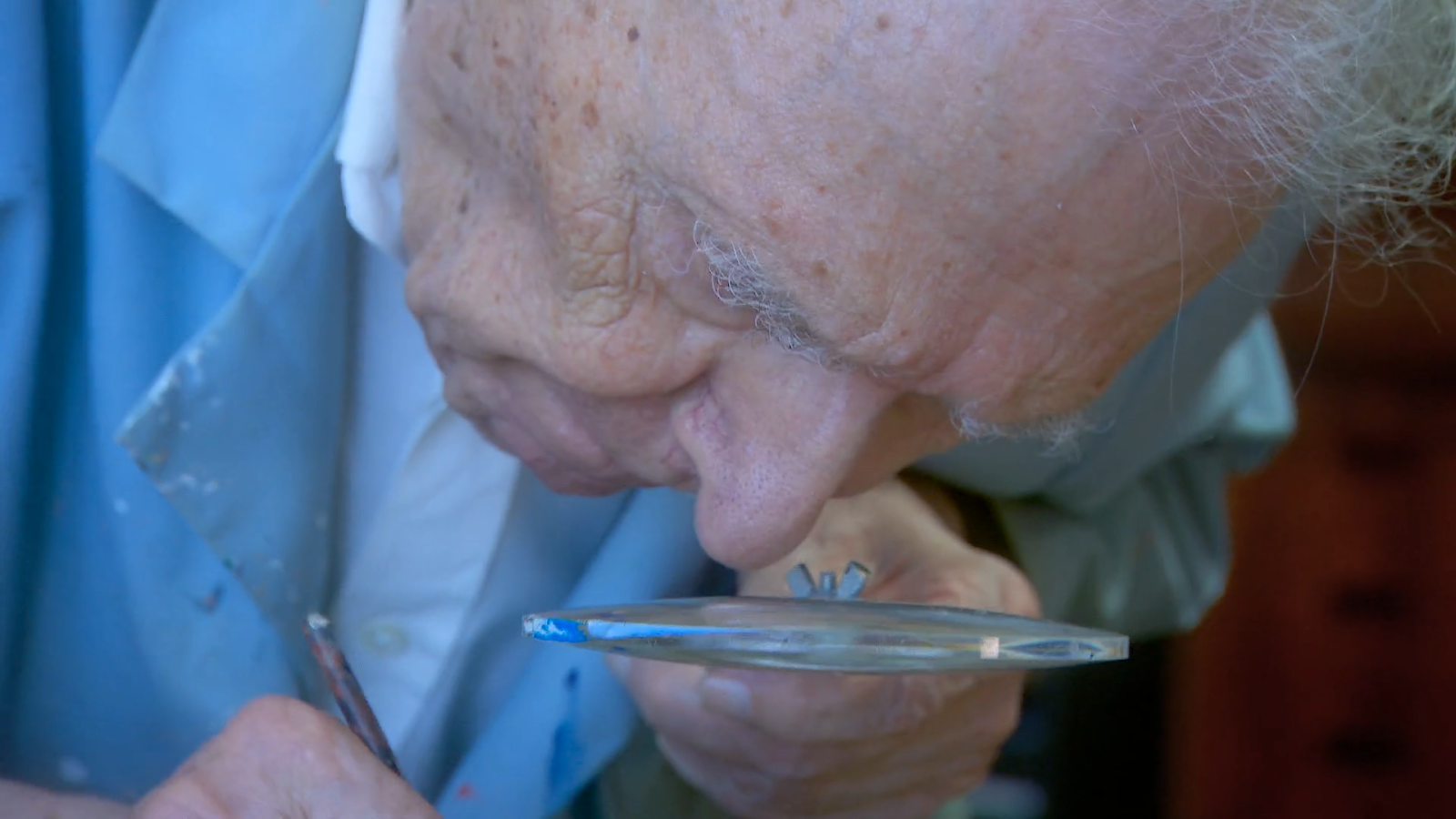
If we return to what Sterne expressed in her letters, one of the things she suggests can be gained (which is perhaps different from learned) by vision loss is the freedom to finally do as one wishes, an idea that was also discussed by Serge Hollerbach (1923–2021), who was quoted as saying, “To have freedom, you have to have nothing to lose. Nothing to lose is a new kind of freedom.” After his vision was impacted by macular degeneration, Hollerbach embraced a more expressionistic mode of artmaking that had always appealed to him but that he’d suppressed, because, after coming to the United States from Russia following the Second World War, he felt he would be better positioned to find success as an artist if he worked in a representational mode.
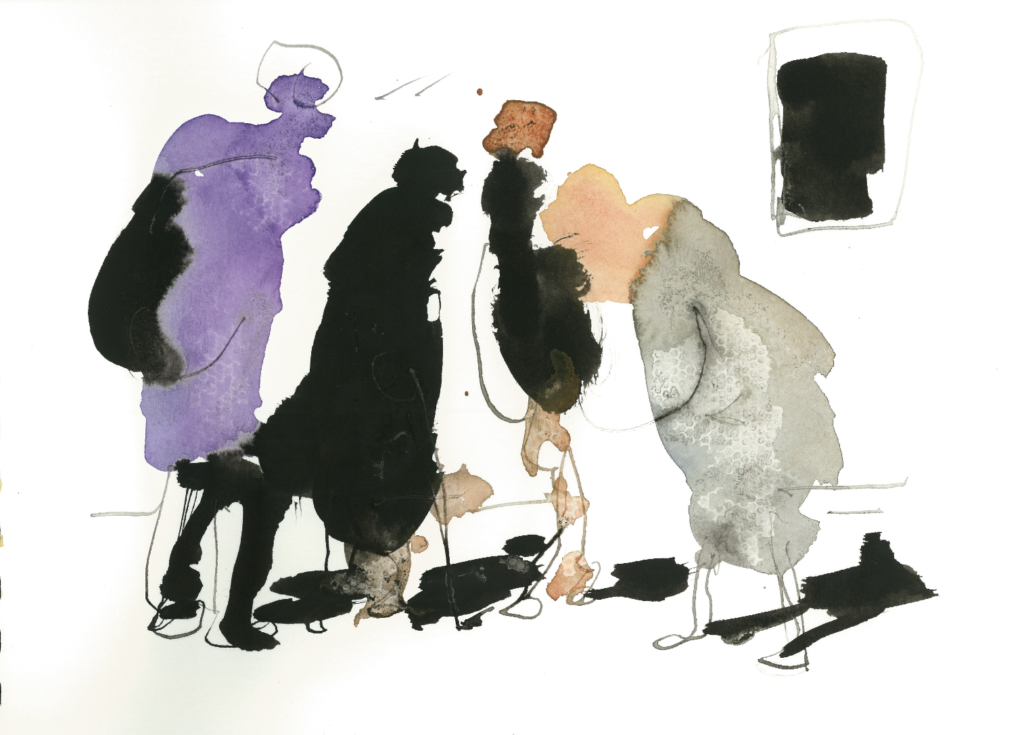
Another thing that can be gained by vision loss is suggested by the sculptor Doris Salcedo, who makes extraordinary work in response to political violence, and sees her own physical frailty as being crucial to her ability to empathize with the suffering of others, an empathy that is at the heart of her work. I’m very moved by her work and our 2017 interview with her, in which she states plainly: “My vision problems made me understand that I am fragile, vulnerable, and at times powerless. And this has enriched my capacity to feel empathy towards those who are in similar circumstances because of war, poverty, and violence.”
Finally, the artist Milford Zornes, who went through a long period of grief and anger when he lost his sight, wrote about how, as time passed, it began to enrich his life and art because he took less for granted and valued “every view and every opportunity to see.” He would return from travel with more impressions and memories than before, impressions “as clear in my mind as any I have ever experienced.” He came to understand that he had always been partially blind. That vision involved more than the eyes:
When eyes fail, the spirit can take over. After all, the eye is only the instrument for seeing. It is through the mind and spirit, fed and served by the senses, that one’s life is lived with understanding and reward.
Extrapolating what these artists can teach even those who don’t consider themselves artists about resiliency, it is that engagement can help to protect us from being completely devastated by loss. Having activities in your life that you love to do so much that you will continue to want to do them, even in the face of challenges: it need not be a vocation but an avocation, need not be a professional trajectory but an amateur one that imparts a sense of meaning and joy. Having a goal, frustrating though it may be, that can never actually be achieved, a beloved pursuit that has no end.
Further Reading

Tim Prentice
The Air Made Visible
An AMDF / V&AP film about the kinetic sculptor Tim Prentice and a lifetime of trying to leave the room
Read More
Leave a Comment